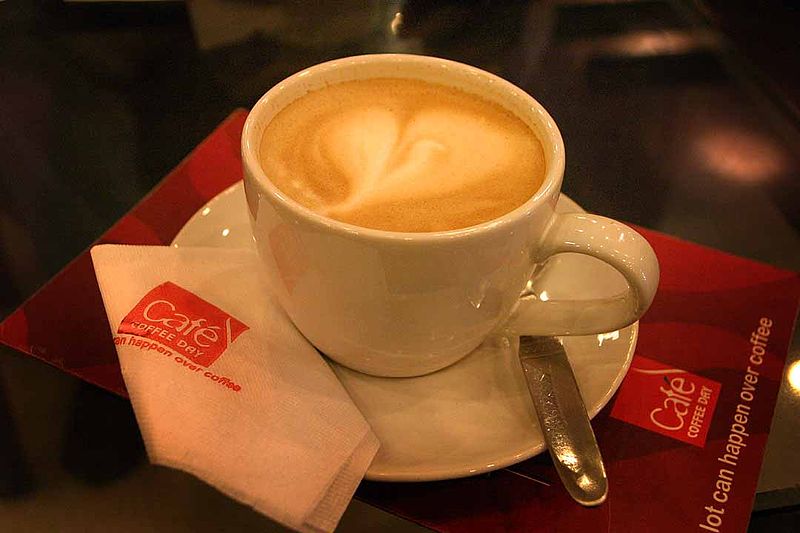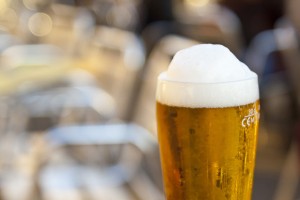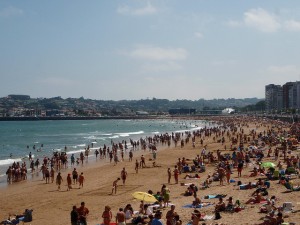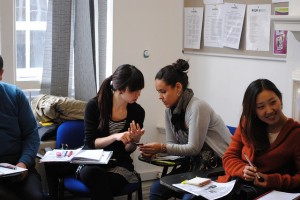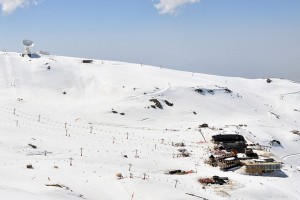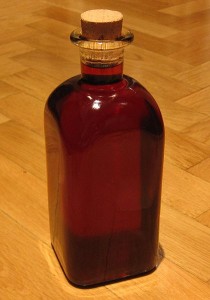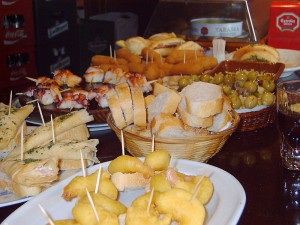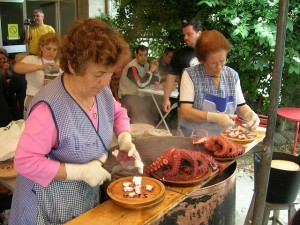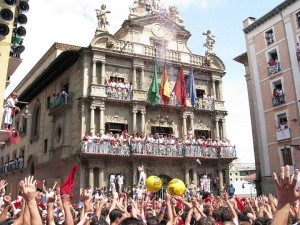Cooking a potatoes omelette is a very common activity practiced by students who are studying Spanish in Spain. It is one of the most popular where families often cook it to eat in their own homes, although it also appears in the menu of the best restaurants. Anyway, it´s often eaten as a tapa or as appetizer in bars to accompany a caña (glass of beer) or glass of wine.

Pincho de tortilla
It is prepared in about 30 minutes, including preparation and cooking. The ingredients are simply eggs, potatoes and onions, to fry in a pan with oil, preferably olive oil, and a little salt. The popularity of the ingredients and resources facilitates the practice as an activity in the schools of Spanish for students learning Spanish in Spain.
Cut the transverse potatoes in thin circles, although somewhat thicker than the potato chips, and the onion into small pieces. Fry the potatoes and onion into the pan, once heated the oil is heated. The time of frying to fry the potatoes can be used to prepare the eggs and beat them in a dish or bowl. Both beaten eggs as potatoes and onions are often put some salt, independently.
►…continue reading about Spanish omelette, a recipe to practise in the Spanish schools in Spain








